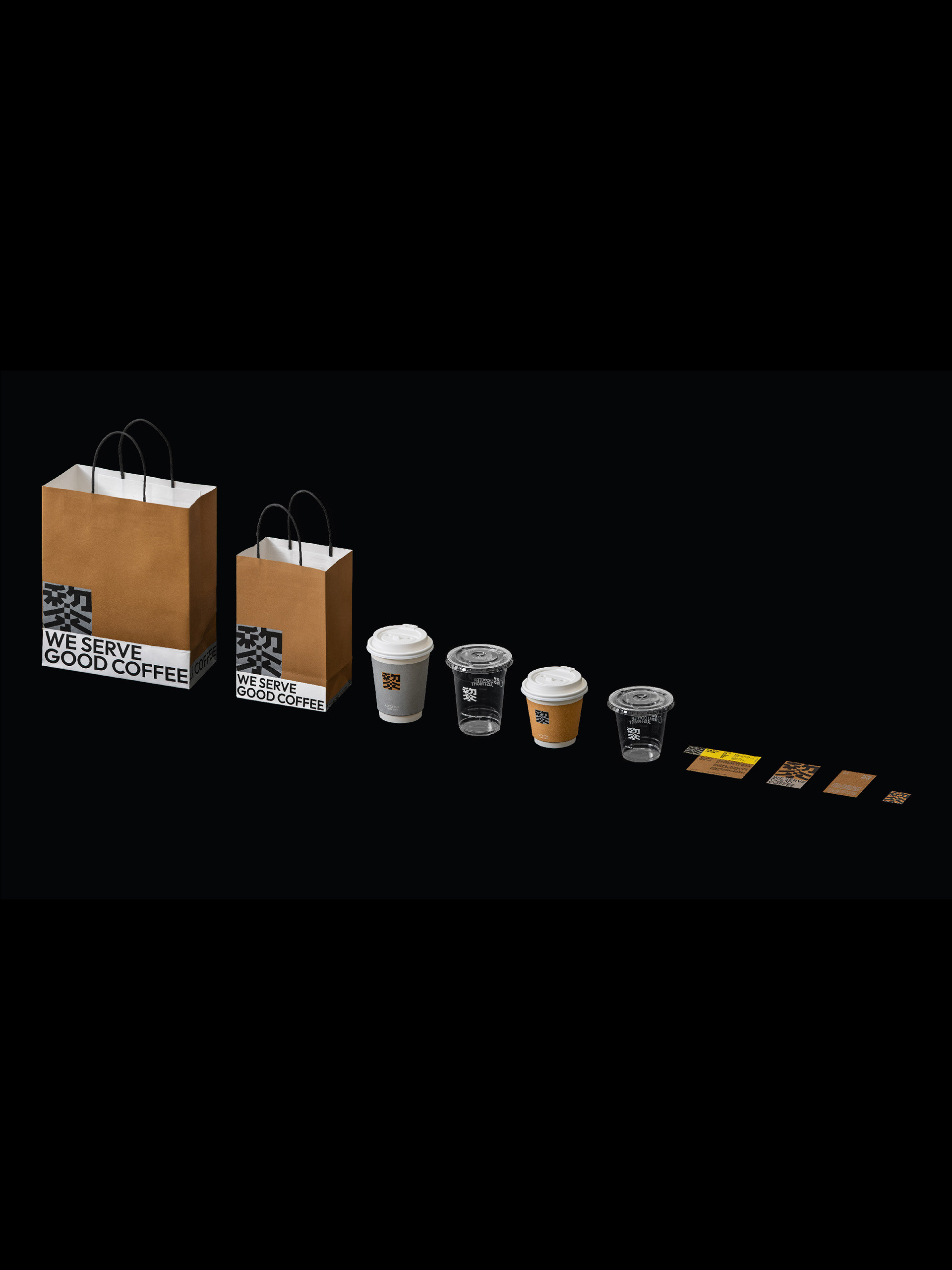ARTIST STATEMENT
“The Raft of the Medusa” is a canonical piece by Théodore Géricault, depicting the aftermath of the shipwreck which occurred off the shores of France during the 1800s. The painting transports the audience into the setting of crashing waves and despaired, stranded individuals. Compositionally, the painting is constructed upon two pyramidal structures and the bottom of the pyramid consists of figures at the brink of survival, whilst losing hope gradually. The central figure sits on top of the pyramid, brimming with hope as he waves at a rescue ship on the horizon.
In Goh’s work, she deconstructs the pyramidal structure of “The Raft of the Medusa” into three separate works reflecting the progression from despair to hope. Like Martin Kippenberger’s famous self portrait of Gericault’s canonical piece, Goh aims to reinterpret the original work through the analysis of theory of Maslow’s “Hierarchy of Needs”. She does so by extracting the figures from the work and dissecting them into three different pieces. Each piece represents different points on the pyramid and depicts the evolvement from despair to hope. Maslow’s “Hierarchy of Needs” correlates with the theme through the progression of survival needs at the bottom, and towards self-actualization at the top.
The three different pieces depict the situation of the shipwreck, at the exact same point which it happens in the original work. With each progressive artwork, the despondency of the catastrophe gradually transits into the anticipation of rescue. The waves crashing onto the subject matters lessen and the atmosphere is calmed down- symbolizing the escape from the crushing misery into the fortune of hope. Similar to the original painting, there is an accession of hope as the situation shifts from the bottom to the top of the pyramid. The colour scheme also increases accordingly, in terms of brightness and saturation, with each successive art piece.
Inspired by the works of Adam Dedman, Goh uses clean lines and vectorized figures. She is also influenced by Katsushika Hokusai, a Japanese ukiyo-e printmaker and painter known for his landscape woodblock prints and paintings. These stylistic influences are reflected in the depiction of water in motion and of the waves crashing into figures of the foreground. Goh executes her work with the rhythm of the large powerful waves, and when this is juxtaposed with the clean vectorized lines, movement is portrayed beyond the 2D canvas. The impeding crash of the wave brings tension into the painting, and elevates the emotional intensity of the subject matters. By juxtaposing other forms of imagery, such as floating pieces of decayed wood, merciless waves and eventually, rescue boats, Goh reimagines the emotional states of the subject matters at each situation and utilizes these elements to recreate a sensational work depicting the respective scenarios.
By using digital illustrative techniques, Goh reinterprets the emotional context of the original painting, driving the contrasts in themes of despair and hope through the three pieces of artworks. Through her works, Goh strives to portray the abstract emotions of the survivors in the original “The Raft of the Medusa” in a more contemporary approach.









